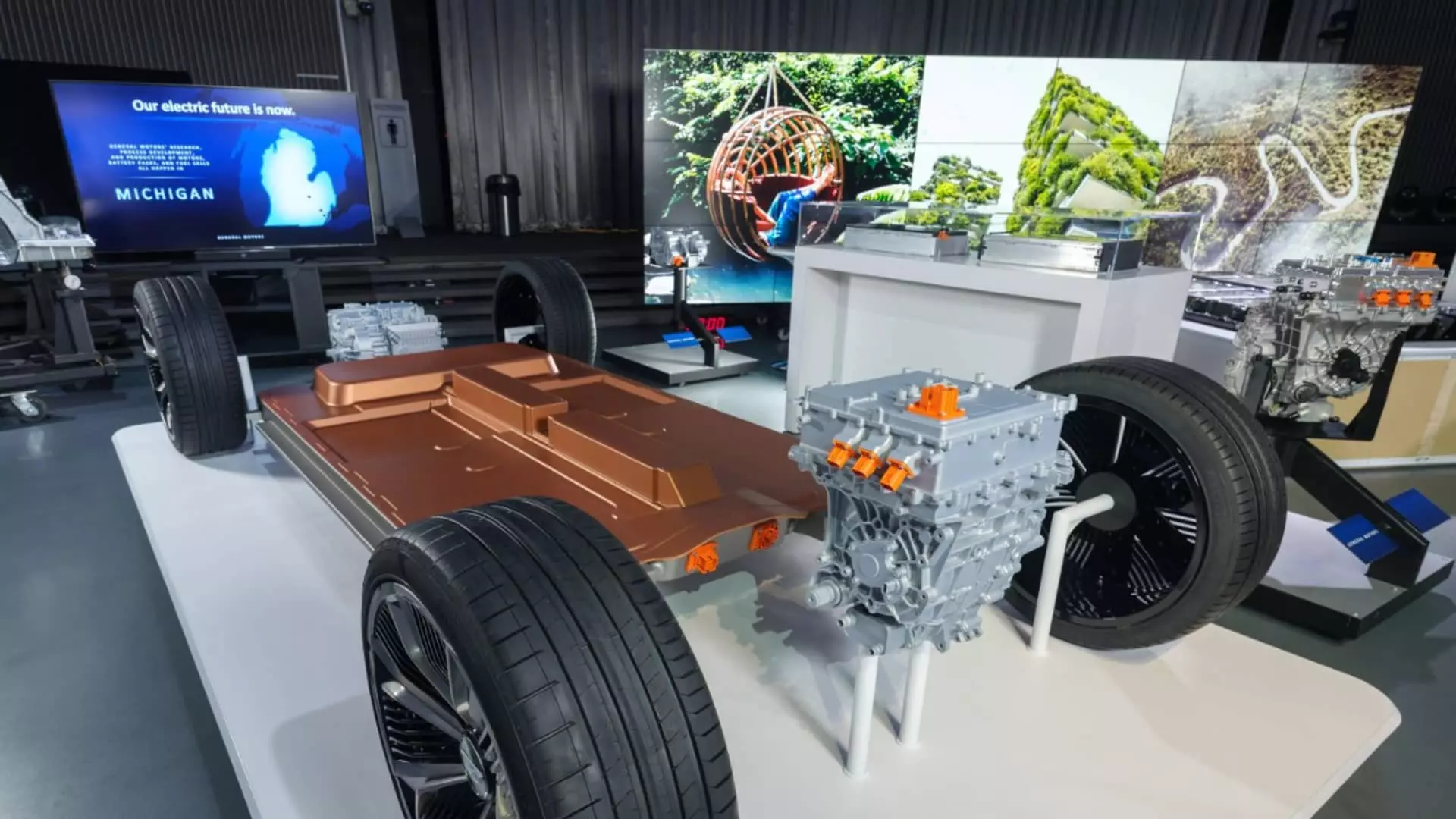In a significant shift in its electric vehicle (EV) strategy, General Motors (GM) announced its decision to sell its interest in a $2.6 billion battery cell manufacturing facility located in Lansing, Michigan, to its joint venture partner, LG Energy Solution. This move comes as part of a nonbinding agreement that is set to finalize in the first quarter of the upcoming year. The automaker anticipates recouping approximately $1 billion from this sale, reflecting its commitment to navigate the evolving landscape of electric vehicle production and supply chain dynamics.
The Lansing facility, which spans 2.8 million square feet, was initially introduced in January 2022 and marks the third major battery cell manufacturing site under the Ultium Cells LLC joint venture established five years ago by GM and LG. Previous plants in Ohio and Tennessee are already up and running, contributing to GM’s ambitious plans for EV production. The decision to sell the Lansing stake underscores the challenges faced by GM in scaling its operations in response to shifting consumer demand for EVs, which has been more sluggish than anticipated.
GM’s latest decision comes at a time when the EV market is confronted with significant uncertainties, particularly in regard to federal incentives related to EV manufacturing and purchases. The potential changes in policy under the incoming administration of President-elect Donald Trump have sparked concerns across the sector. By divesting from its stake in the Lansing plant, GM appears to be attempting to streamline its operational focus amidst these prevailing ambiguities.
Despite the sale of its interest in the Lansing facility, GM has asserted that it will retain its overall ownership stake in Ultium Cells LLC and its future projects, including a separate partnership with Samsung SDI, a competitor to LG. GM Chief Financial Officer Paul Jacobson emphasized that this transaction will not hinder the company’s ambitions. Instead, the sale aims to bolster efficiency and allow LG Energy Solution to expedite the installation of necessary equipment at the nearly operational plant.
Coinciding with the sale announcement, GM revealed an extension of its long-standing partnership with LGES to incorporate the development of prismatic battery cells. These cells are designed with a flat and rectangular profile, offering favorable space efficiency when integrated into battery modules. As GM focuses on refining its battery technologies, the introduction of prismatic cells is expected to promote weight reduction, cost efficiency, and a simplified manufacturing process. Kurt Kelty, GM’s vice president of battery engineering, highlighted the strategic importance of optimizing battery chemistry and form factors to bolster EV performance while prioritizing safety.
GM’s recent actions, including its focus on prismatic battery cells and the planned divestiture from the Lansing facility, illustrate a proactive approach to addressing challenges in the EV sector. By reevaluating its investments and partnerships, GM aims to position itself for growth in a competitive marketplace. Innovations in battery technology are crucial for enhancing vehicle performance, reducing manufacturing complexity, and ultimately delivering cost savings for consumers.
GM’s decision to sell its stake in the Lansing battery plant to LG Energy Solution reflects its responsive strategy to an evolving market characterized by fluctuating consumer demand and uncertain regulatory landscapes. This divestiture, coupled with advancements in battery technology through the extension of their partnership with LGES, signifies GM’s commitment to efficiency and innovation in the burgeoning electric vehicle market. As competition intensifies, such strategic maneuvers will be vital in ensuring that GM remains a formidable player in this transformative era of automotive technology.


Leave a Reply